Prominent speakers like Anthony Preston, chairman of the UK chain Pets at home, Thomas Brill, managing director of the German Welke Group, and Gilles L’Heureux, the former director of expansion at Animalis, presented their successful concepts and emphasised that the pet product trade had good prospects for the future if it remained focused on its strengths: competent, friendly staff, attractive shop layouts, optimum delivery capacity, a willingness to be of service and the courage to try something new now and again.
It also became clear at the conference that trade and industry would have to work more closely together in future to achieve joint success. There should be less emphasis on discussing price terms or higher refunds and more on discussing ways and means of meeting the customers’ requirements in the optimum manner in future. The term “category management” was developed for this in the USA in the 1990s. This means nothing other than that trade and industry are ultimately in the same boat and can only keep their heads above water by virtue of even stronger customer orientation.
There are enough unresolved questions in the pet product sector. Why are many pet owners dissatisfied with the speciality trade? How can customer loyalty be strengthened? How must a store be laid out so that as many customers as possible feel comfortable in it? How can buying levels be raised? How can profit be increased? Close cooperation between trade and industry can result in solutions to these problems. There isn’t any alternative – because moaning isn’t going to improve the poor trade cycle in many European countries. That was something that became clear to many at the 1st Pet Conference and prompted hopes of better development of the sector.
Your
Ralf Majer-Abele

 Menü
Menü

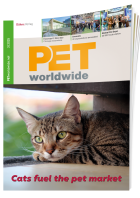



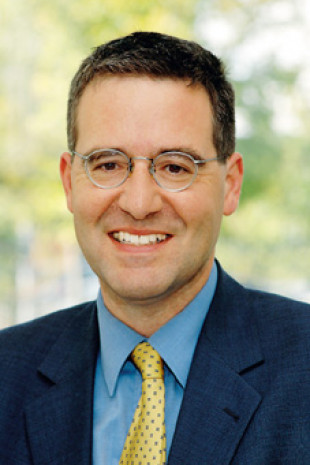

 1-2/2005
1-2/2005
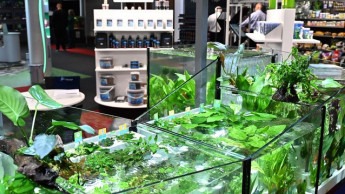
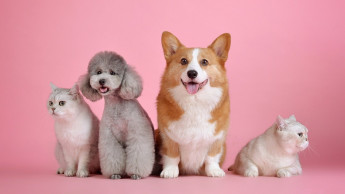
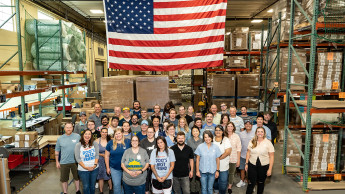

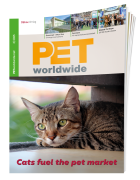

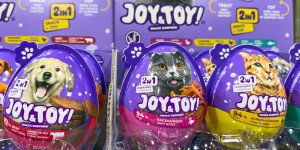


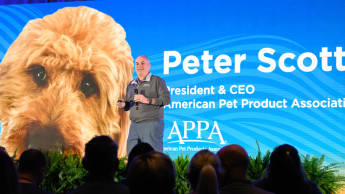
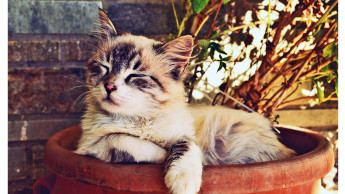

 Newsletter
Newsletter